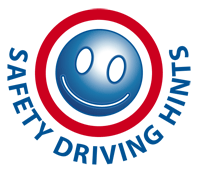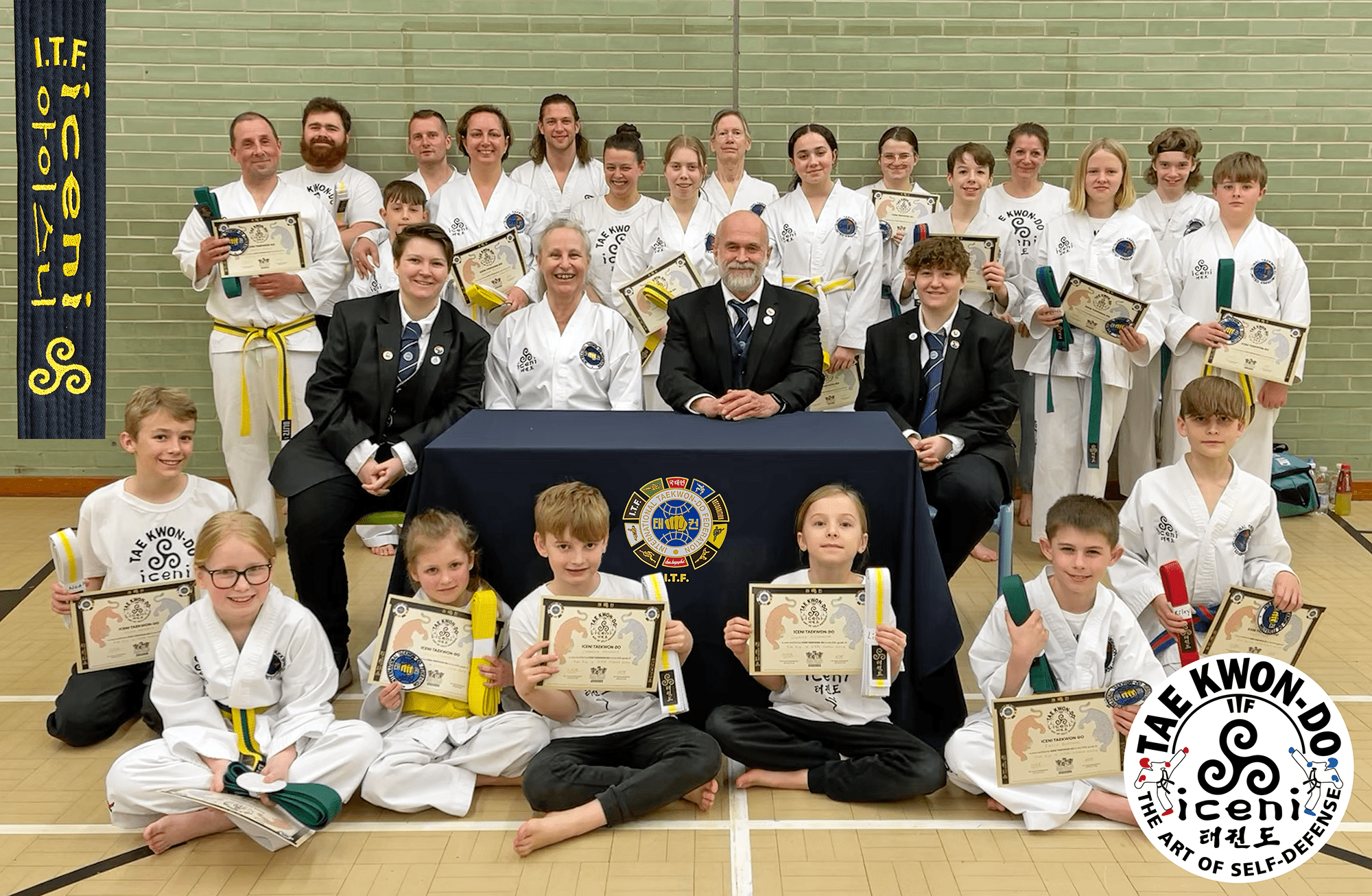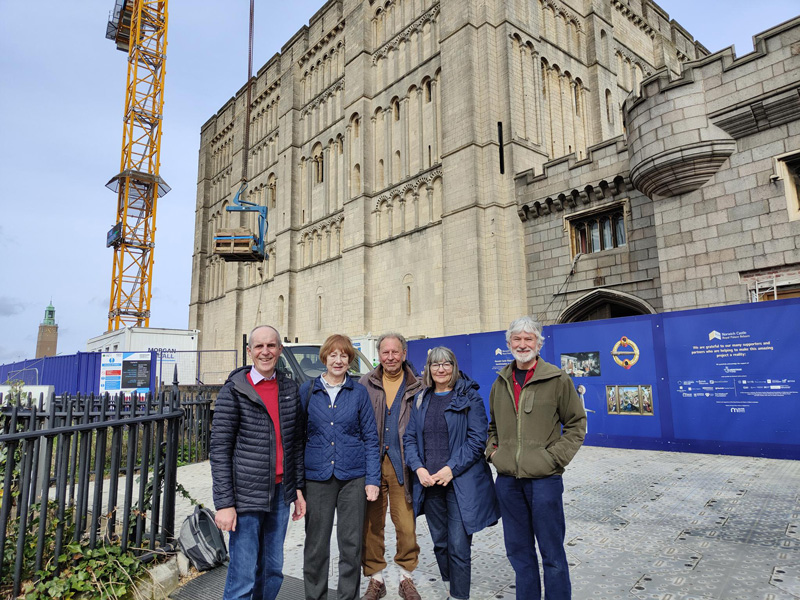Interestingly the most avoided roads being motorways, are showing in the statistics that they are the safer roads.
With all traffic going in the same direction this should be so, but the most important area to learn is keeping safe distances from the vehicles in front. We always talk of a 2 second gap from the vehicle in front, so if the vehicle in front passes a static sign or marker, and you were to say the phrase “only a fool breaks the two second rule” and you pass the marker as you are still saying the sentence, you are too close.
Yes the chevron markers painted on the road near Stansted airport do work the same on a three or four lane motorway, there are no fast lanes, but so many people talk of driving in the fast lane.
If we call the lane nearest the hard shoulder as lane 1, then lane 2, lane 3 or if motorway has been widened we could see lane 4.
Lane 1 is the lane we travel in using 2, 3 or 4 as overtaking lanes and return back to left lane, but remember commercial vehicles that are restricted to 50pmh use the left lane and become a lane shareholder this can cause traffic to bulk up, so always look well ahead, really search to the horizon and forward plan.
Do not just look at the vehicle in front, look way ahead and remember it takes a fifth of a second from the time the driver in front releases his foot from the accelerator to the brake and the brake lights coming on, it may not seem long in time but remember you are still travelling whilst this is happening.
With all the traffic around them drivers are feeling this as a daunting area to be in, we mentioned the 2 second rule, but this would only be in good condition on good roads. Whilst driving in bad weather we must be at least 4 seconds from vehicles in front, this is important and that your car is well maintained for motorway driving.
Plan your routes, never look down to check maps on your lap or seat while driving.
Take care when joining the motorway, give way to traffic already on the motorway, judge your acceleration speed on the slip roads.
Keep checking mirrors, check blind spots, but remember at 30 mph you travel at 45 feet per second, so your distances become greater at higher speeds. Once on motorway use the left lane to get used to the road and other road users and speed.
Where the slip roads are busy with traffic joining do not get alongside large trucks where you could become in the drivers blind spots, and these drivers could be about to move out.
Keep looking in mirrors while driving and adapt your driving to what you see.
Only overtake on the right unless there is a queue on your right moving slower than your lane, but again keep your speed low in poor conditions, especially fog, make sure your lights are on, and leave a lot of distance.
Take regular breaks at service stations, never park and use the hard shoulder, except if your vehicle breaks down.
If your car does breakdown and is parked on the hard shoulder, get out of the vehicle via the passenger doors (using drivers side you could get hit by passing traffic).
Stand up on the grassed area behind any barriers. The emergency telephones, which are linked to police control, are 1 mile apart.
There are red studs marking the edge of the the lane near hard shoulder, you will find green studs on the slip roads leaving the motorway and amber studs next to the central reservation.
The maximum speed limit on motorways is 70 mph, many drivers think this should be raised – would it help road safety? Drivers using motorways very late at night with not much traffic on them, could the speed be variable? – what are your thoughts?
Also do you think learners (car) drivers should be trained on motorways whilst learning to drive? Would this prepare our drivers better? Ok some will say it’s a long way to gain access to a motorway from our region.
Would you be happy to see a higher speed limit on motorways? Let’s talk road safety.
In East Anglia, bearing in mind the Southern by pass around Norwich is not a motorway (as many people do think) it is a dual carriageway, two lanes with central reservation, yes the national speed limit is 70 mph unless otherwise stated.
Also remember motorways are recognised with blue signs, dual carriageways have green signs.
There is so much which can be learnt from driving on motorways, and this would really help drivers who are worried about them.
To recap:
Would you like to see car learner drivers on motorways during training?
Would you be happy to see a higher speed limit on motorways?
Let’s talk road safety.
 Mike Daniels and AcciDON’T
Mike Daniels and AcciDON’TD.S.A. Registered Trainer, Awarded Highest Grade 6
Click here to read Mike’s Blog Editorial









